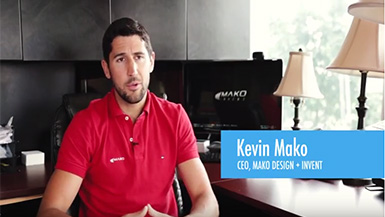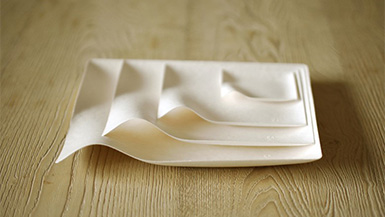Solutions to Problems Worth Solving: Vertical Farming
Plant, grow, and harvest. When we think of traditional farming, this is what generally comes to mind. Yet, the evidence points to the fact that we need to move towards sustainable farming invention development. One of the things that many of us are not aware of however is how much water actually goes into traditional farming.
We devote approximately 70 percent of our freshwater resources to farming. Simultaneously, as the world’s population continues to rapidly increase, so does the use of water to produce food. In fact, the UN expects that 68 percent of the global population will live in urban areas in 2050 compared to just 55 percent back in 2018.
Traditional farming also produces approximately 24 percent of the world’s greenhouse gas emissions. Surface runoff water that picks up pesticides pollutes our streams, ponds, lakes, and oceans, especially on rainy days.
Picked and packed crops from traditional farms need to travel 1,500 miles before it even reaches our homes. This inevitably results in food wastage and further greenhouse gas emissions.
So as the world continues to urbanize, what sustainable farming how do reduce water consumption, food wastage, and greenhouse gas emission?
Solution: Vertical Farming
If you’re picturing layers and layers of well-tended crops neatly stacked on top of one another, that’s pretty much what vertical farming is. It’s a modern sustainable farming invention development that doesn’t require the use of any soil. The purpose of vertical farming is the maximize the farming space for higher yields in a smaller, controlled space. Vertical farmers use soil-less techniques such as aeroponics, hydroponics, and aquaponics, to grow crops.
- Aeroponics: Machines spray a nutrient-packed mist on the roots of the crops.
- Hydroponics: The roots of crops are submerged in water containing nutrients.
- Aquaponics: The same as hydroponics, but aquatic organisms are introduced to mimic a natural ecosystem.
All techniques consumer less water. Furthermore, vertical farmers often recycle water in the system to minimize water wastage.Compared to traditional farming methods, vertical farming uses 70 to 95 percent less water and over 90 percent less land, yet yields 80 percent more crops per unit of area.
Along with soil-less farming techniques, vertical farmers leverage Controlled Environment Agriculture (CEA) technology such as specialized LED lights to artificially control the temperature and environment to maximize the quality and yields.
Example: AeroFarms
Founded in 2004, AeroFarms is a vertical farm based in Newark, New Jersey. They boast one of the largest indoor sustainable farming invention developments in the world. Their aeroponics system mists the roots of their crops with a mix of water, oxygen, and nutrients. As a result, they’ve been able to conserve much less water than traditional farming methods. Astoundingly, they use 40 percent less water than hydroponics as well. They customize LEDs for each plant so each one gets just the right amount of light and heat. By providing the right spectrum, intensity, and frequency of light, they can control the size, shape, color, and even the texture and flavor of each crop.
Using today’s amazing tech at their fingertips, they merge agriculture with engineering and data science. They track every part of the process, from seed to packaging, to continually improve how they grow high-quality food all year round. Thanks to their success, they’ve even been able to attract celebrity chefs like David Chang!
Have a Product Idea?
Discover our product development services tailored to startups, small manufacturers, and inventors.
Design Newsletter
Get the latest news curated for designers, makers and inventors.
More from our Blog
Cat and Dog House Innovative Designs
If you’re looking for an innovative dog and cat home, check out a Toronto invention design firms top picks for cat and dog houses.
Kevin Mako Keynotes Queen’s Entrepreneurs’ Competition 2021
One of the core values we prioritize at TriMech Design Solutions, as a leading Toronto product development firm, is boosting, supporting, and developing as many…
Solutions to Problems Worth Solving: Compostable Tableware
Elevate your next dinner party with WASARA. It's compostable tableware invention design that's not only beautiful, but also sustainable.
Need help with your Product Idea?
Tell us about your invention or product design idea and get the help you need design, build and bring it to market


















